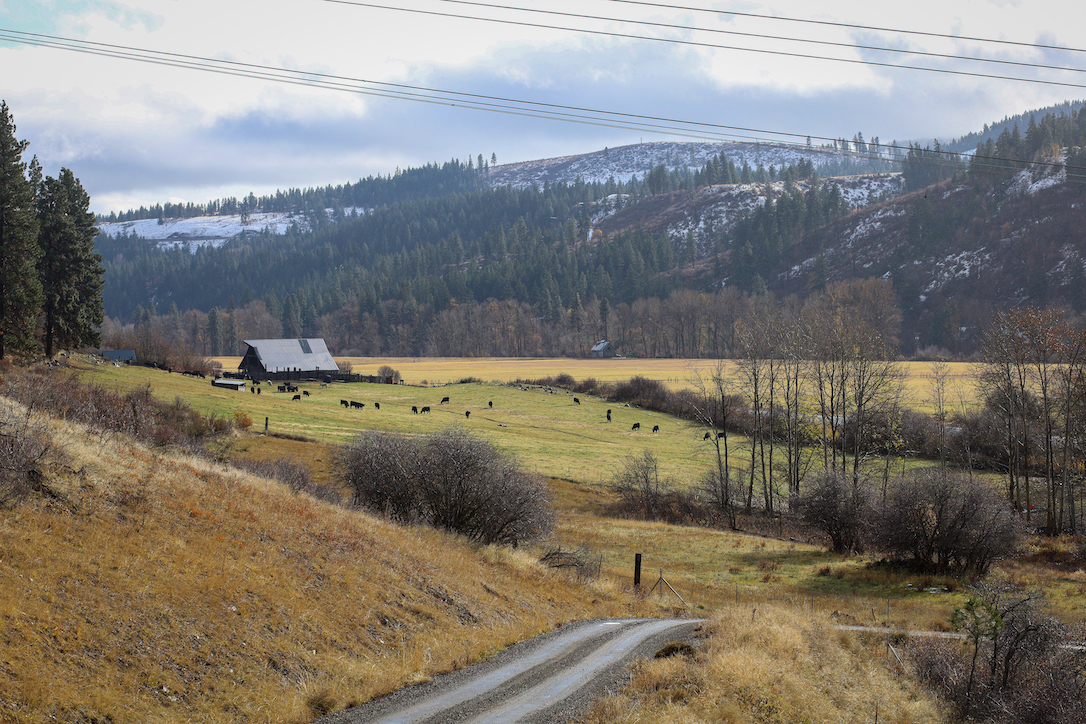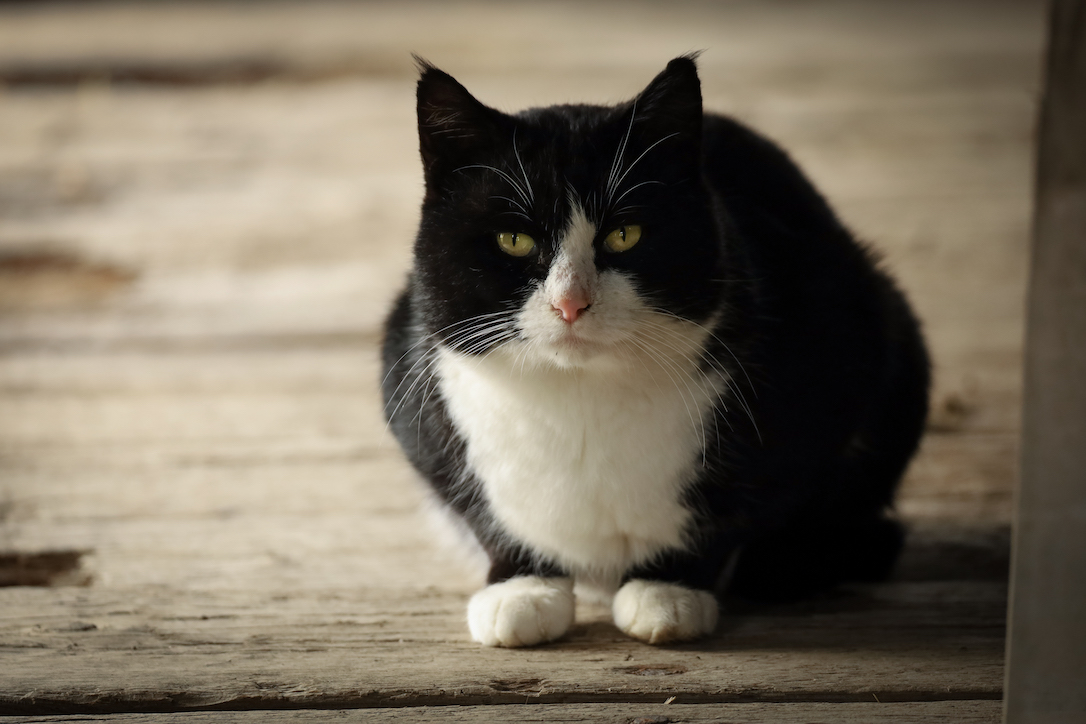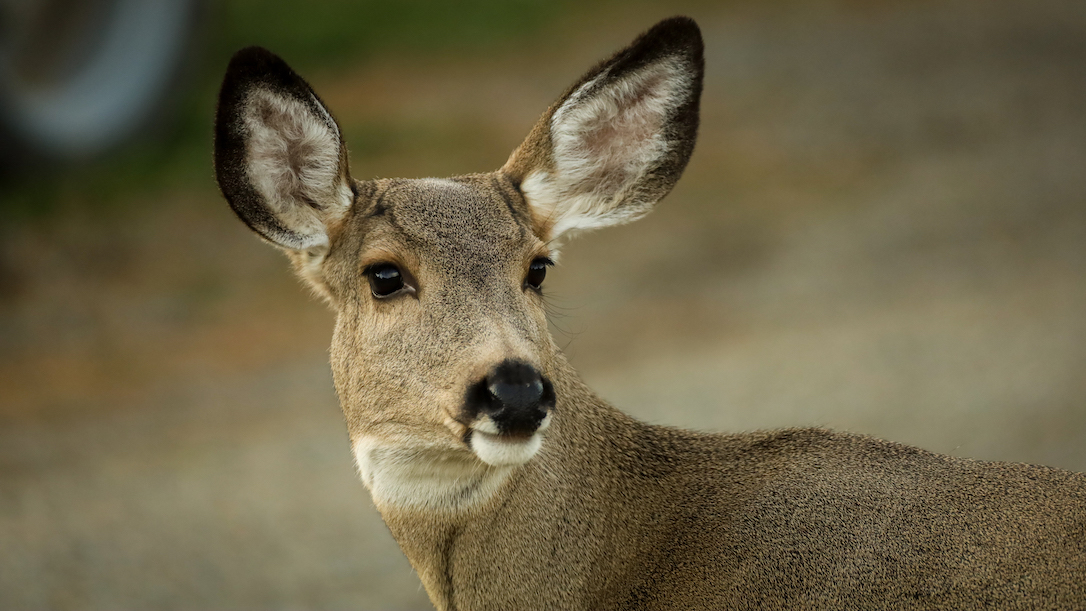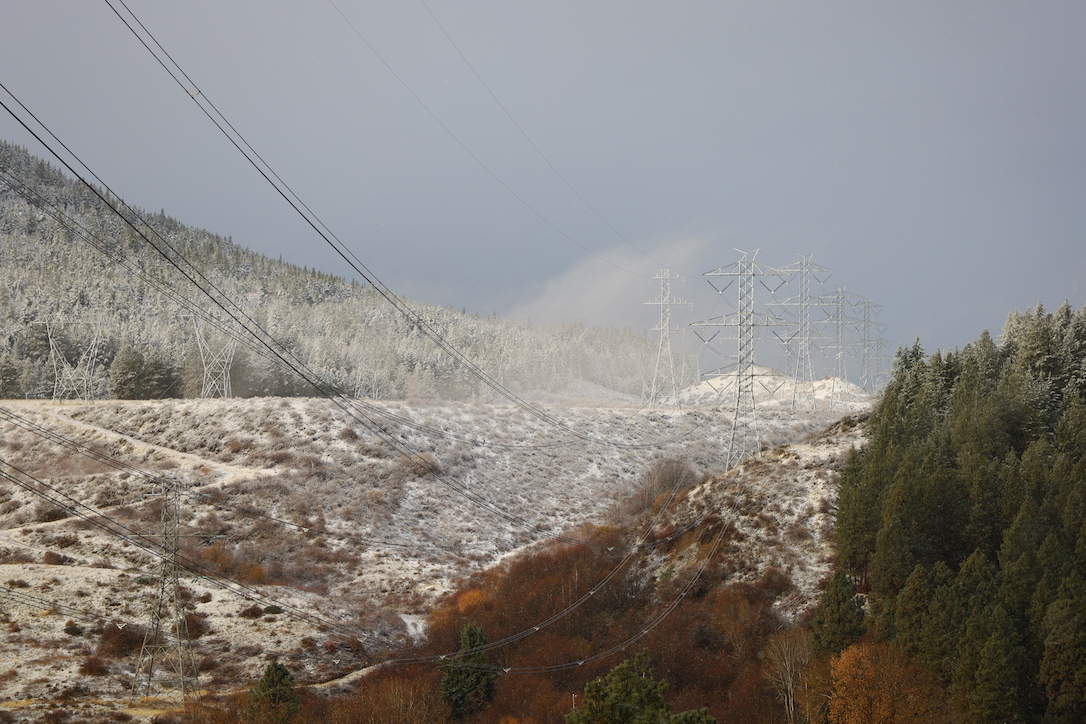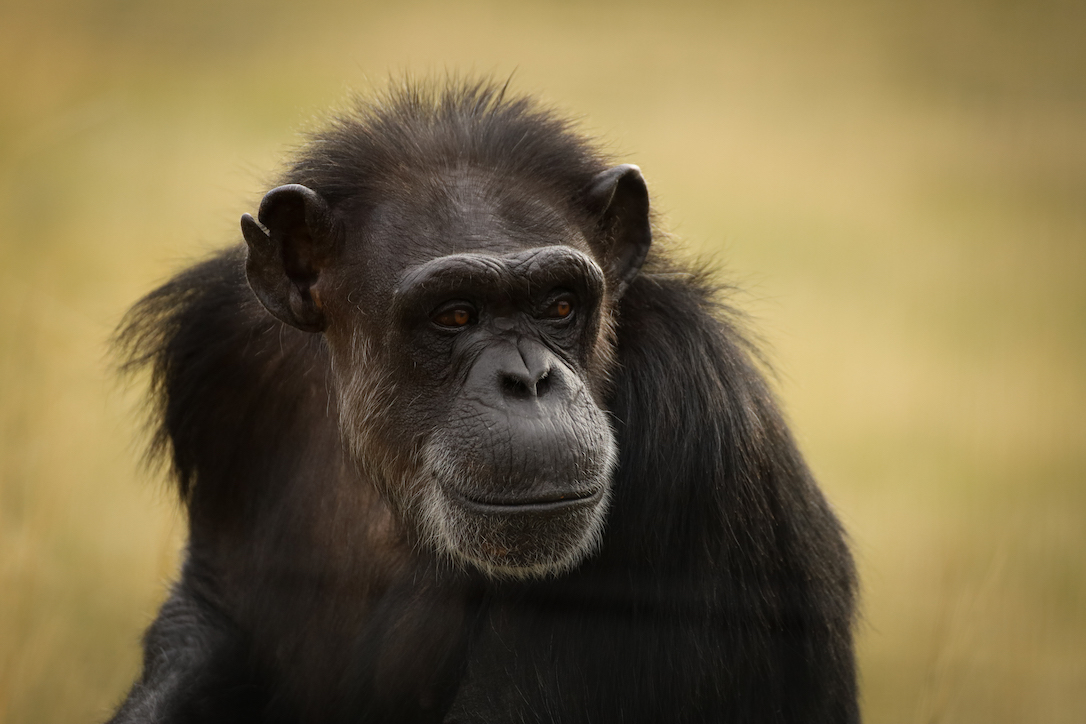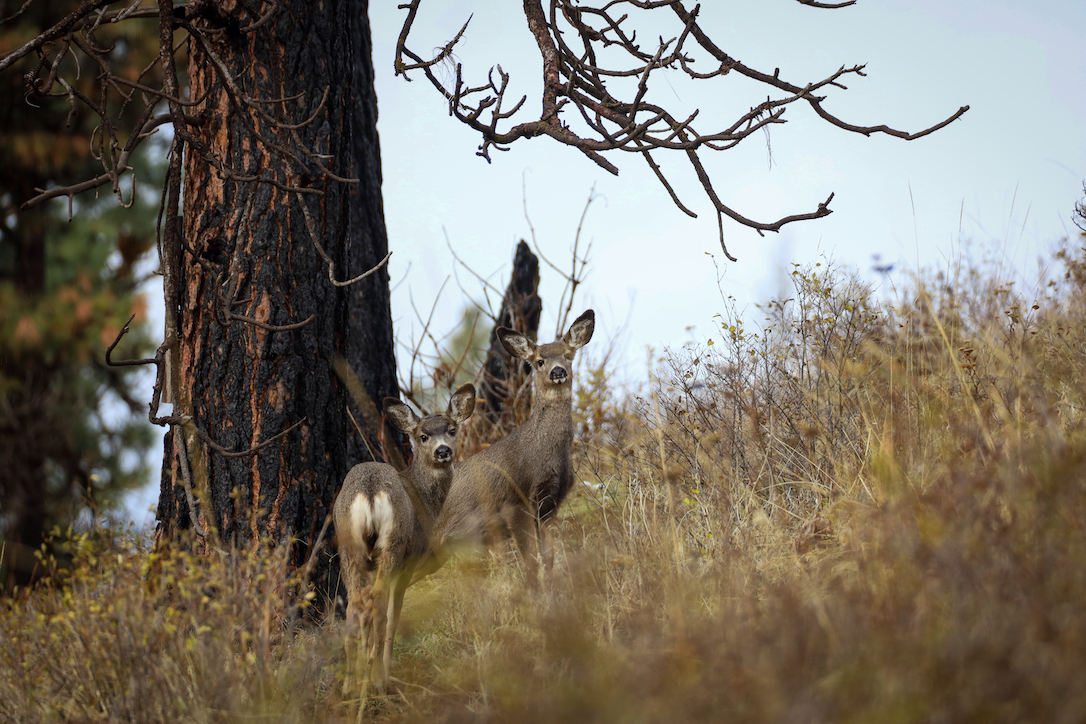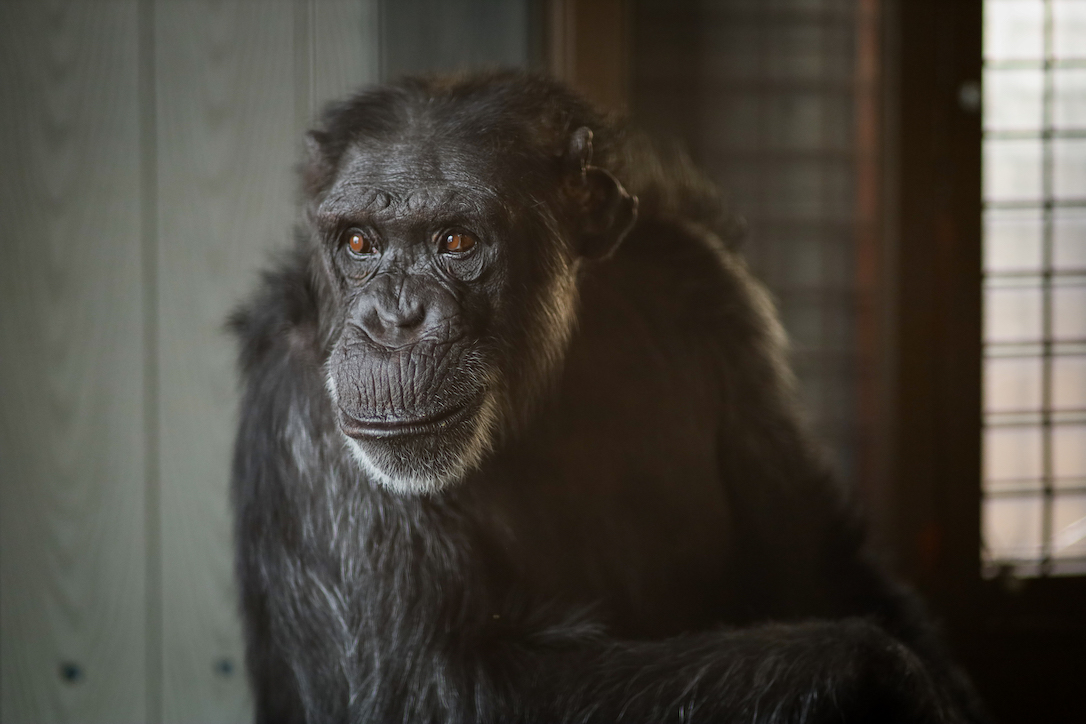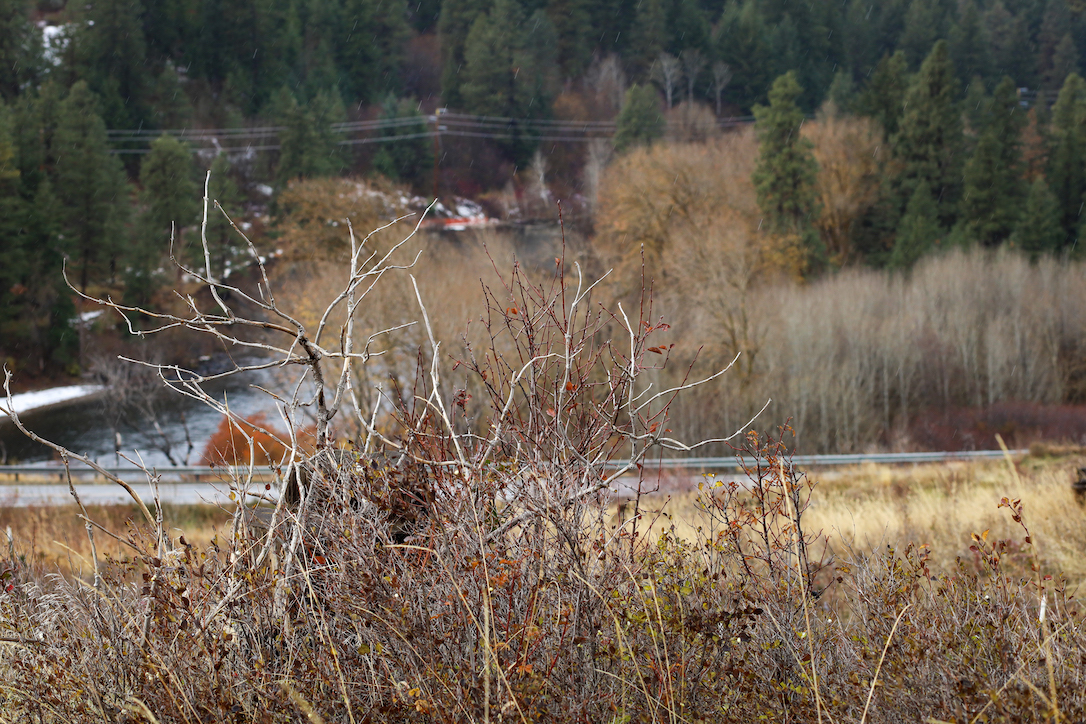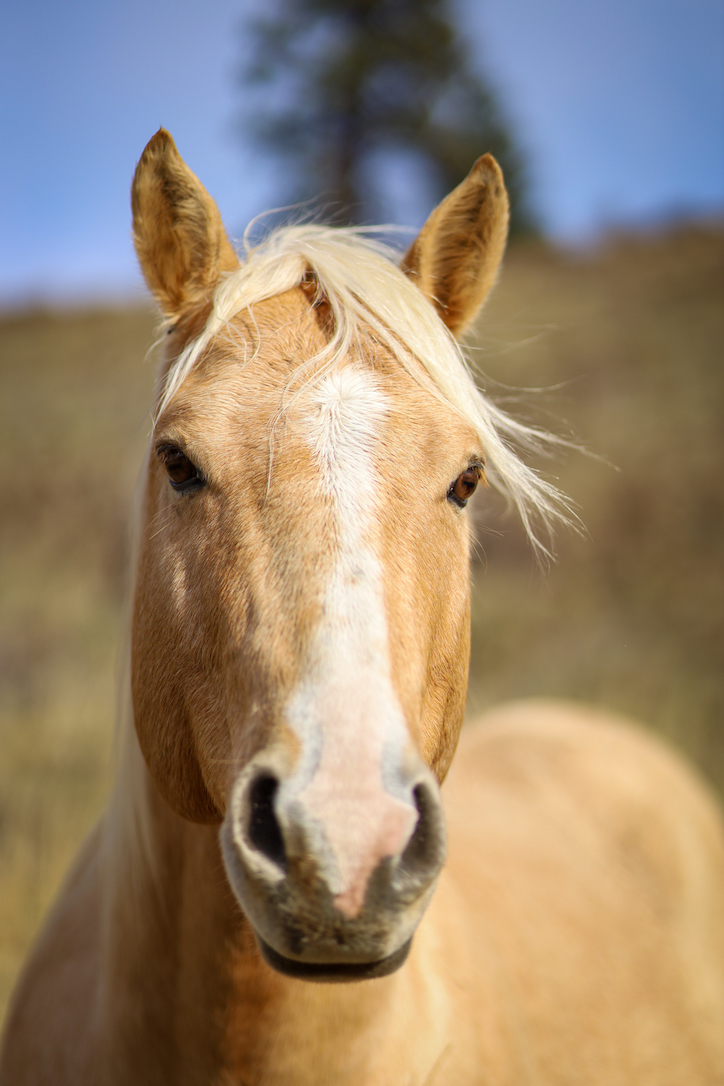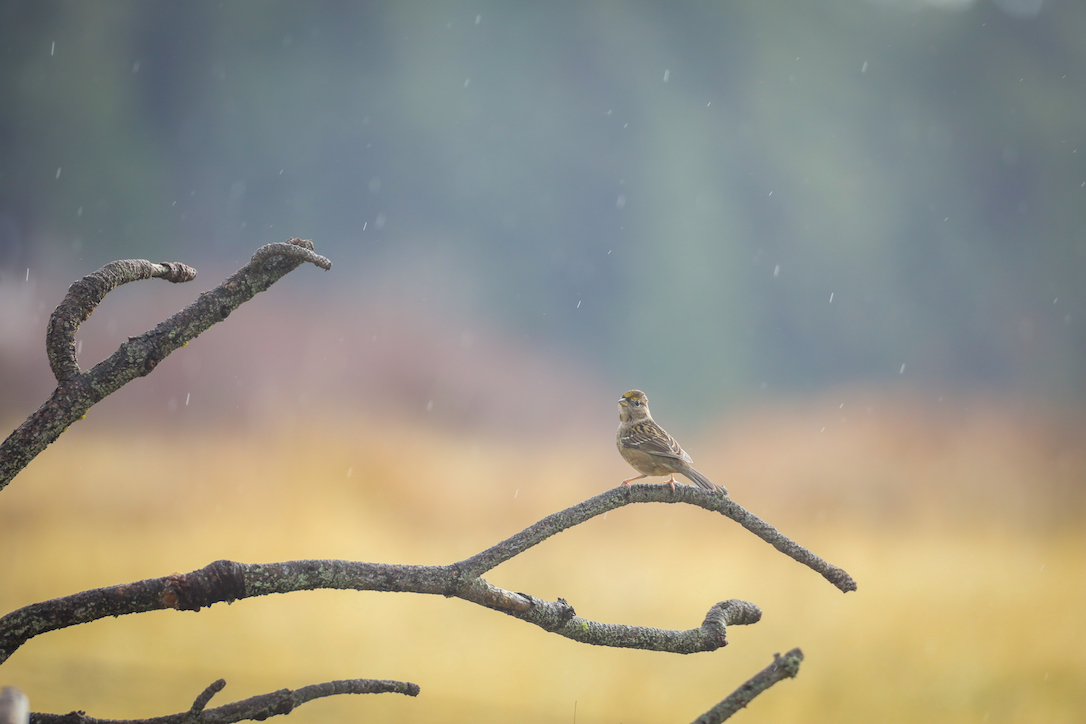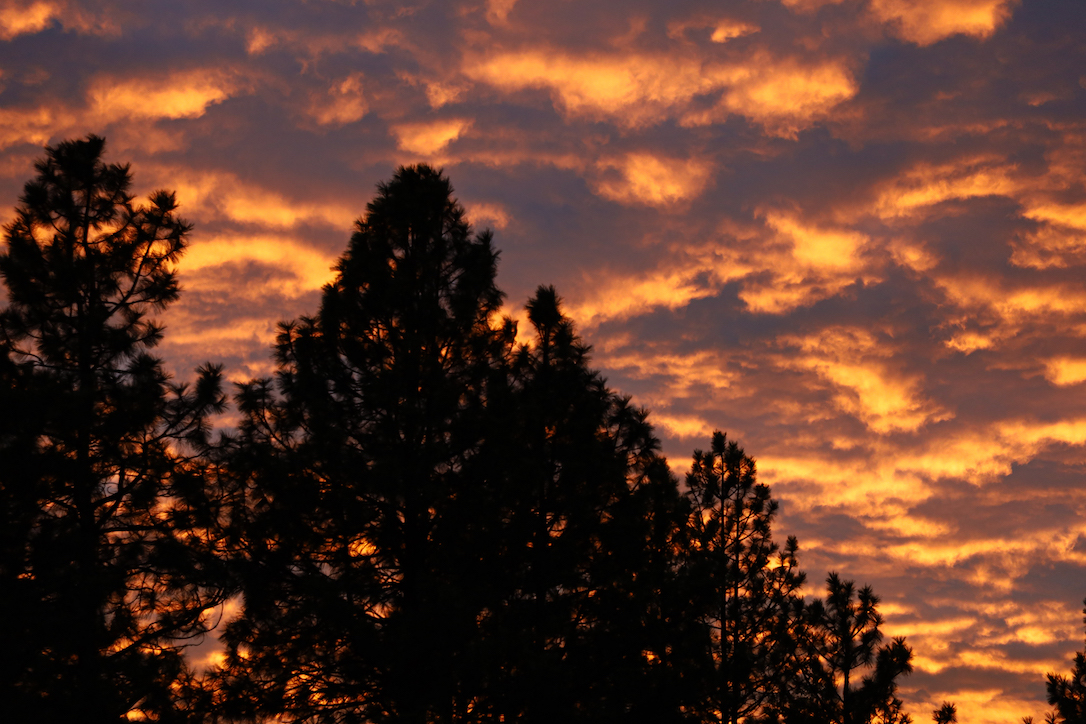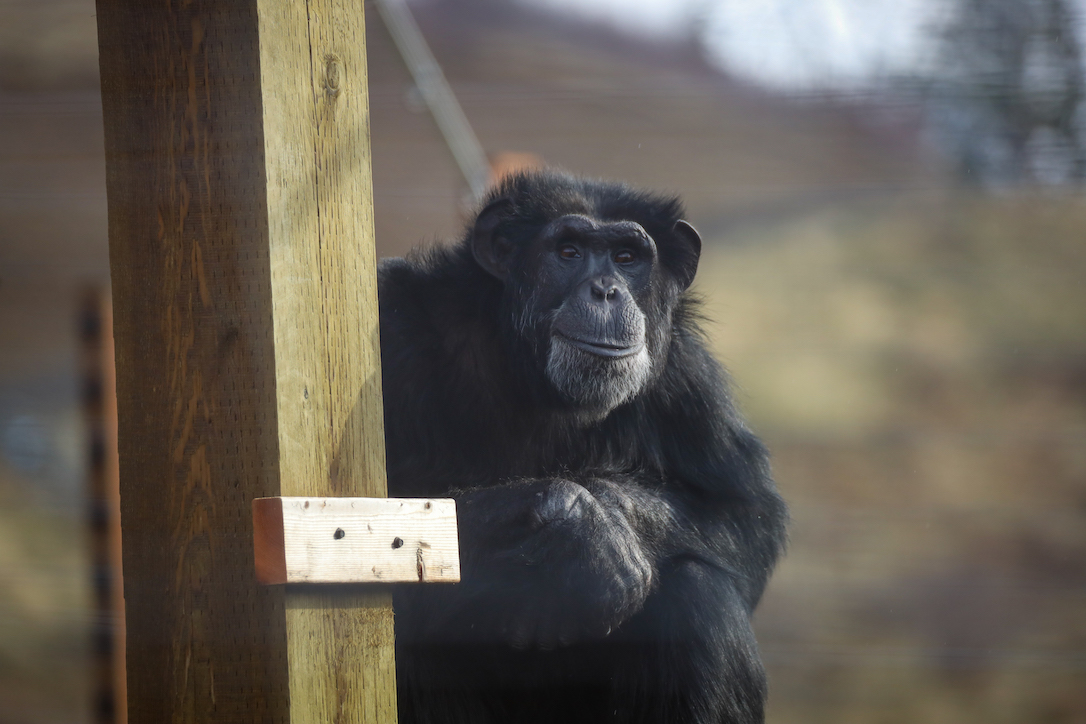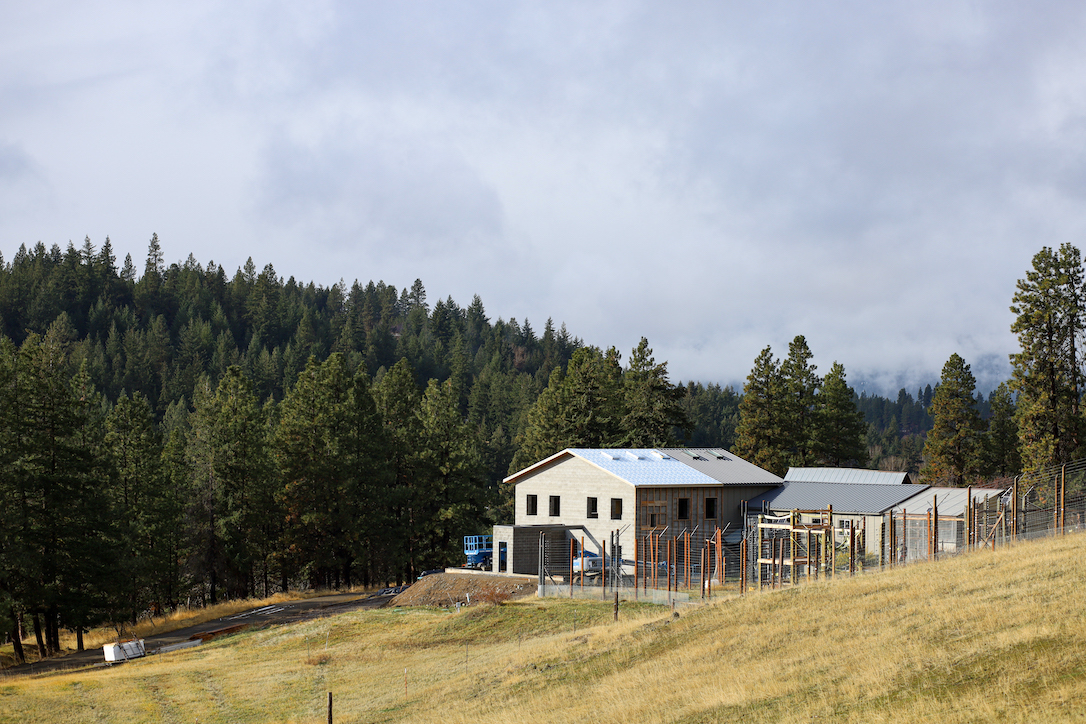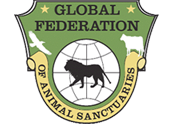Natural places are no different than human cities. The old exists next to the new. Invasive species integrate with or push out native species. The landscape you see around you is the same as seeing an old cathedral next to a skyscraper.
VanderMeer’s work, perhaps best described as ecological horror, explores how humans perceive and withstand environmental changes. Watching their surroundings undergo both subtle and dramatic transitions, no matter how neutral they are at their core, alters the emotional fibers of his characters.
Driving up the sanctuary’s driveway, I could see that the contractors had just finished covering the new wing of the chimpanzee building, which is hopefully just a few months away from completion. I reminded myself that I was an intern here just a couple years ago. Now everything looks a bit different. We have a new driveway, new barn, new structures, and new wing of enclosures. There are new residents (both bovine and chimp), new staff, and new protocols. It’s hard to believe that sanctuary itself hasn’t even existed for two decades yet because it hasn’t stopped evolving.
The land where the Chimp House sits was once an uninteresting pasture, but there were saloons and homesteads all along our stretch of highway. The nearby towns were base camps for coal miners and pioneers, and the surrounding forests have been sculpted by the flames of many wildfires and saws of many loggers. If you go back far enough, the Yakima and Snoqualmie people served as stewards of these lands for thousands of years. On a grander scale, massive herds of prehistoric bison and elk grazed the icy tundra that existed before humans arrived on the scene. Now, in a plot twist that would be just as confusing to the coal miners as it would to the prehistoric bison, ten retired chimpanzees call this place their sanctuary home.
What has not changed, in my lifetime at least, is the terroir of this place. For those of you who share my apathy for wine, terroir is a French word used to describe the suite of environmental and agricultural factors contributing to a wine’s quality. Importantly, though, terroir is not something that can be measured. It’s not just a composite of rainfall, or soil, or topography. It is an amalgamation of all these things into one noticeable character, and it can only be sufficiently experienced via taste.
One of the ecologists in VanderMeer’s novels uses the concept when describing a mysterious landscape, the feeling of which he cannot sufficiently explain using scientific language alone. It resonated with me when I first read it because it makes so much sense. I thought of all the places I’ve been lucky enough to live and work in, including this sanctuary, and recalled the unmistakable terroir of each. I wish the followers and donors, many of whom have never even visited this part of the country, could all come to this place and (without disturbing the residents) experience it for themselves. There’s nothing quite like walking around a dew-covered Young’s Hill in the morning and hearing a chorus of anticipatory pant-hoots rise up from the Chimp House, and words don’t do that experience any justice.
I know that having you all visit wouldn’t be possible, even in the absence of a global pandemic, so I hope you will all be content to view some photos that I’ve recently taken of this beautiful place as it continues to evolve into something else.
